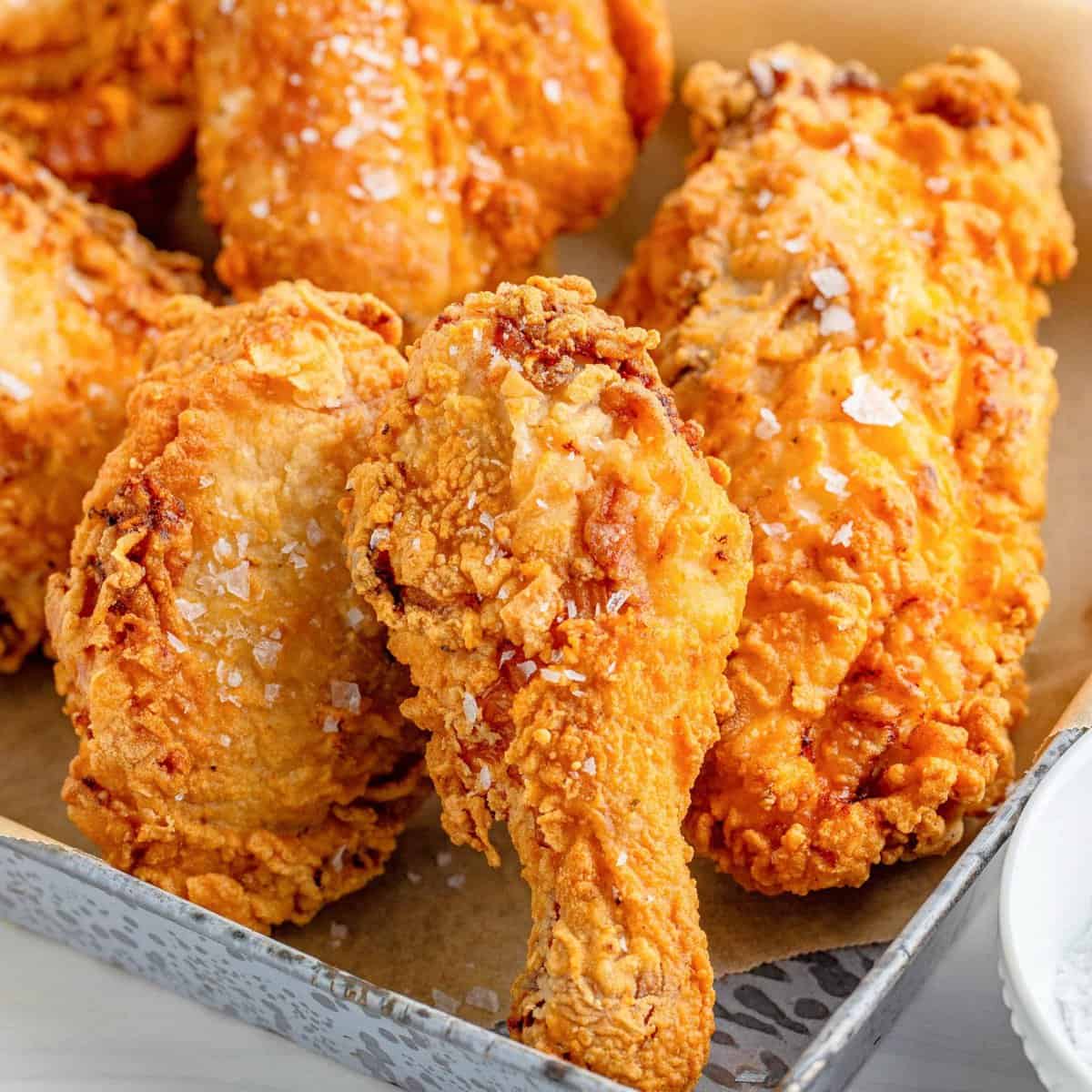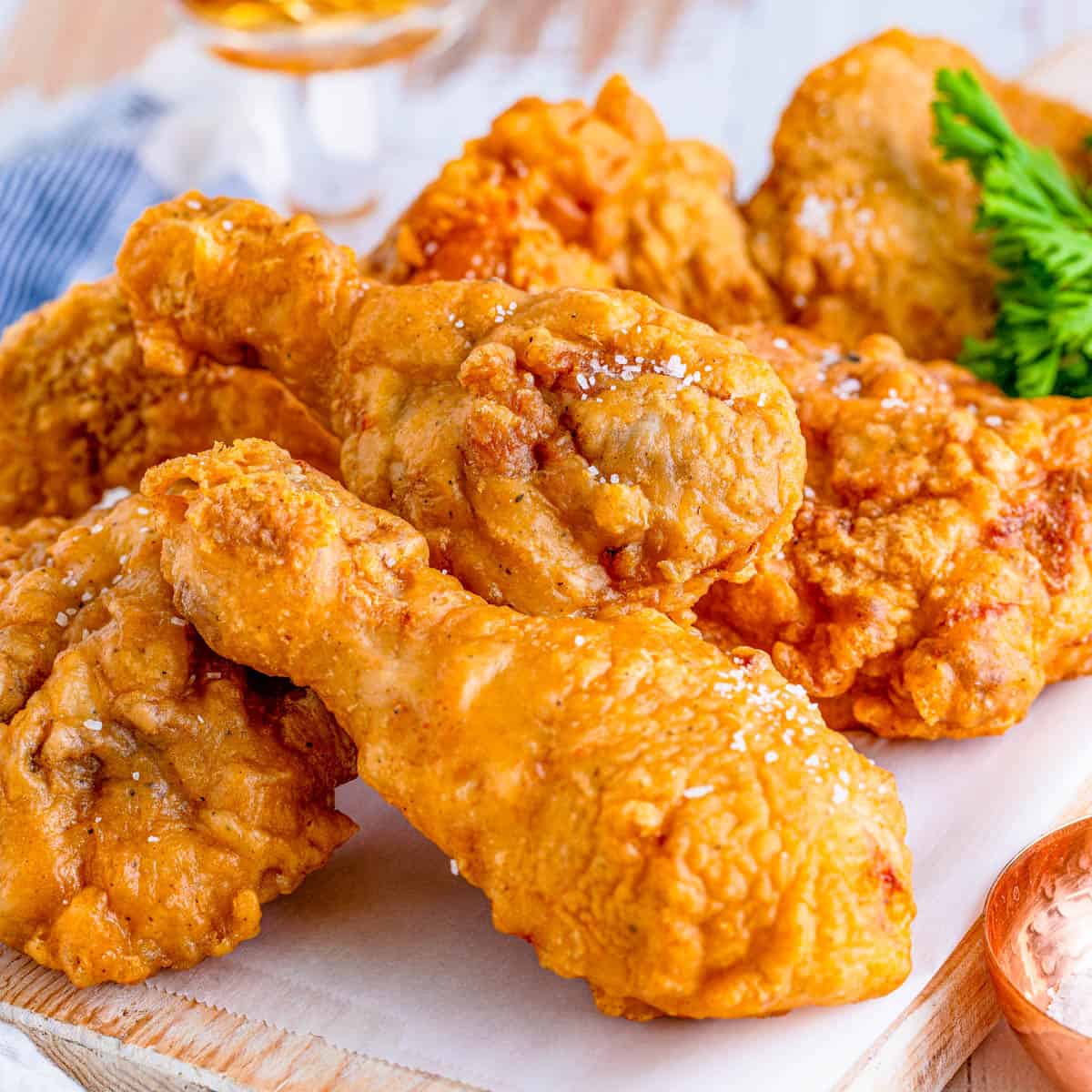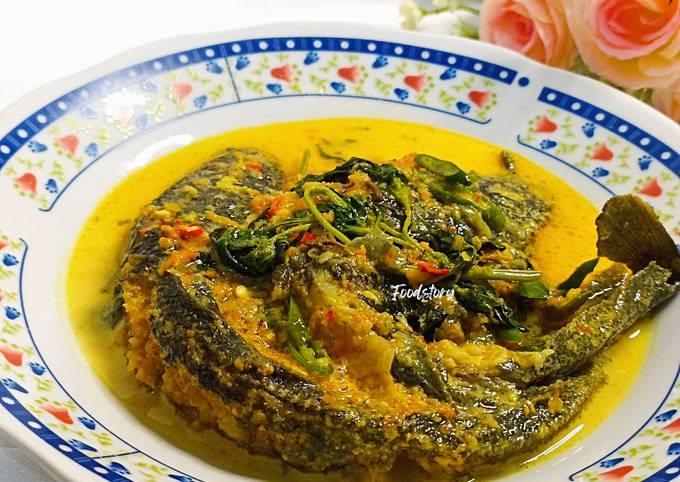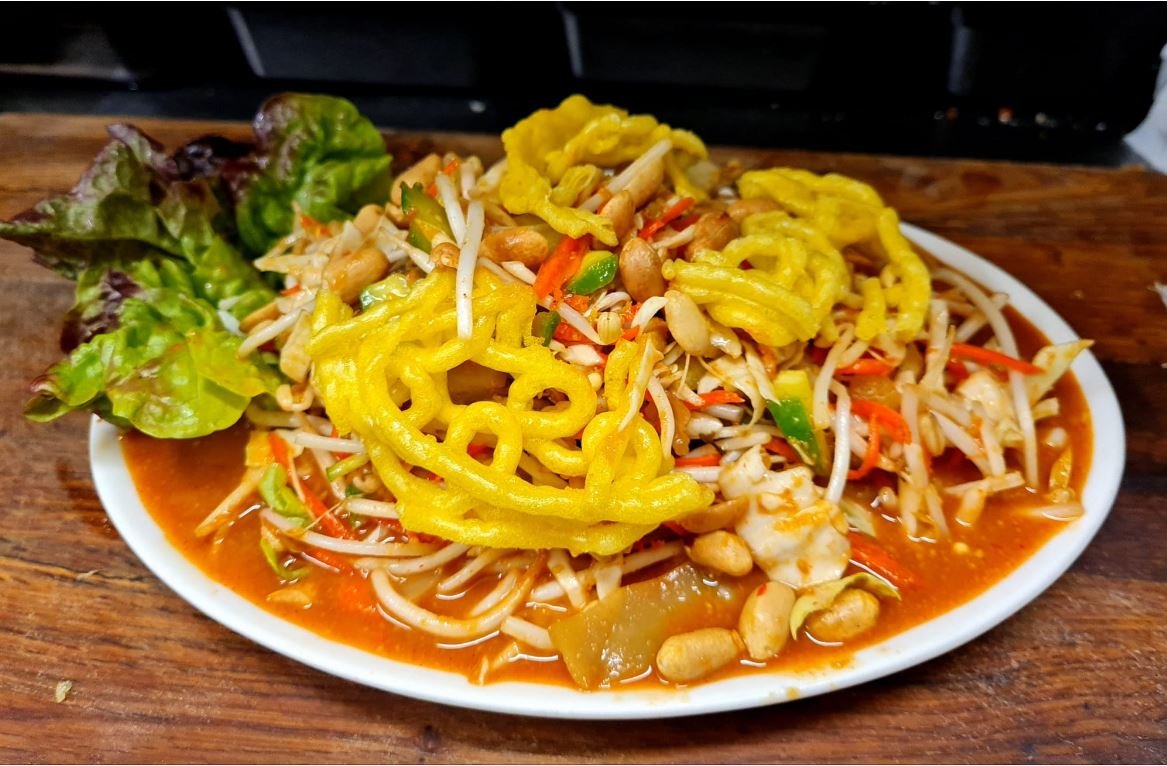
Of all the world’s culinary creations, few command the same universal, almost primal, devotion as a perfect piece of fried chicken. It is a food that transcends class, culture, and occasion. It is equally at home on a picnic blanket, at a Sunday church supper, in a cardboard bucket on a busy weeknight, or plated elegantly in a high-end restaurant. Its appeal is immediate and sensory: the audible shatter of a golden-brown crust, the release of fragrant steam, and the reveal of succulent, juicy meat within. It is a symphony of texture and flavor, a masterpiece of simple ingredients transformed by the alchemy of hot fat.
But to dismiss fried chicken as mere comfort food is to ignore a rich, complex, and deeply significant history. Its story is a tapestry woven from threads of migration, innovation, oppression, and empowerment. It is the story of America itself, cooked in a cast-iron skillet.
The Transatlantic Origins
The act of frying pieces of chicken is not uniquely American. Frying as a cooking method is ancient, with evidence found in various cultures across the globe. European traditions, particularly from Scotland, involved frying chicken in fat, but it was often unseasoned and relatively bland. The true genesis of what we now recognize as Southern fried chicken began with the horrific forced migration of the transatlantic slave trade.
West African culinary traditions were rich with bold flavors and sophisticated cooking techniques. Africans brought with them a preference for stewing and frying, often in palm oil, and an expert understanding of how to use spices and seasonings to create profound depth of flavor. In the kitchens of Southern plantations, these two culinary worlds collided. Enslaved African and African-American cooks, tasked with preparing meals for the plantation owners, took the Scottish method of frying and infused it with their own heritage.
They introduced the crucial steps of seasoning the chicken thoroughly, often marinating it to tenderize the meat, and dredging it in seasoned flour before frying. They were the innovators who understood that a combination of paprika, cayenne pepper, black pepper, and other spices could elevate a simple dish into something extraordinary. They perfected the art of controlling the temperature of the lard or shortening in a heavy skillet, ensuring the crust became a crispy, protective shell while the meat inside steamed to tender perfection. This fusion, born of hardship and creativity, became the bedrock of Southern cuisine.
From Survival to Symbol
Following the Civil War and emancipation, fried chicken took on a new role: a vehicle for economic independence. It was a dish that could be made with a relatively inexpensive protein and was portable, holding up well without refrigeration. Black women, in particular, became entrepreneurs, selling fried chicken, biscuits, and pies from their homes, at church events, and to hungry travelers at train depots. These "waiter-carriers" became a familiar sight, offering a taste of home and sustenance to passengers on long journeys. In this context, fried chicken was not just food; it was a symbol of resilience, self-sufficiency, and the creation of community in the face of systemic racism and limited economic opportunities.
As the 20th century dawned, the legend of fried chicken grew. With the Great Migration, Southern Black families carried their recipes northward and westward, introducing the dish to new cities and making it a staple in communities across the country. It became synonymous with celebration, family gatherings, and the comforting taste of heritage.
The Science and Art of Perfection
The deceptive simplicity of fried chicken belies the meticulous technique required to achieve greatness. Every step is a critical decision that separates a transcendent bird from a greasy disappointment.
1. The Bird: The foundation is a quality chicken. A young "fryer" chicken, around 2.5 to 3.5 pounds, is ideal. Breaking it down yourself ensures fresh, uniformly sized pieces. Dark meat, like thighs and drumsticks, with its higher fat content, tends to remain juicier and is more forgiving than the leaner breast meat.
2. The Brine or Marinade: This is the secret to succulent, flavorful meat. A saltwater brine helps the chicken retain moisture during the violent heat of frying. The most iconic Southern preparation, however, involves a buttermilk marinade. The slight acidity of the buttermilk tenderizes the meat, while its thickness helps the flour coating adhere, creating a craggier, more substantial crust.
3. The Dredge: Herein lies the soul of the crust. The base is almost always all-purpose flour, but the seasoning is where personal and regional identities shine. A classic Southern dredge is a blizzard of salt, coarse black pepper, paprika (for color and mild sweetness), and a touch of cayenne for a subtle, warming heat. Some recipes call for a double dredge—a dip in flour, then into an egg or buttermilk wash, and back into the flour—which builds an extra-thick, shaggy crust perfect for holding onto sauce or gravy.
4. The Fry: The medium and the temperature are paramount. Historically, lard was the fat of choice for its flavor and high smoke point. Today, many cooks use vegetable shortening for its neutrality or peanut oil for its ability to reach high temperatures without burning. The magic temperature is between 325-350°F (165-175°C). Too low, and the chicken will absorb excess oil and become greasy. Too high, and the crust will burn before the meat is cooked through. The classic vessel is a heavy, well-seasoned cast-iron skillet, which retains and distributes heat evenly, allowing for a shallow fry that produces an incomparably crisp, deeply browned crust.
A Global Obsession
While its roots are firmly planted in the American South, fried chicken has become a global phenomenon, with cultures around the world adopting and adapting it to their own palates.
In South Korea, chimaek—the cultural pairing of chicken and beer—is a national pastime. Korean fried chicken is famous for its ethereal, paper-thin, and incredibly crackly crust, often achieved by double-frying. After the fry, it’s typically tossed in a sticky, addictive sauce, ranging from sweet and spicy gochujang-based glazes to savory soy-garlic concoctions.
In Japan, karaage is a beloved staple found everywhere from izakayas (pubs) to bento boxes. Bite-sized pieces of chicken thigh are marinated in a mixture of soy sauce, ginger, and garlic before being dredged in potato or corn starch and fried to a light, crispy perfection.
Taiwan boasts the ji pai, a massive, flattened chicken cutlet as big as your face. It’s pounded thin, coated in a crunchy batter, deep-fried, and liberally dusted with a proprietary blend of seasonings, often including five-spice powder. It’s the undisputed king of night market snacks.
And in Indonesia and Malaysia, Ayam Goreng is a regional treasure. Often, the chicken is not battered but is first simmered in a rich broth of coconut water and a spice paste (bumbu) of turmeric, galangal, lemongrass, and coriander, then fried until the skin is impossibly crisp and the meat is deeply infused with flavor.
The Enduring Legacy
Today, fried chicken exists on a glorious spectrum. It is the star of fast-food empires like KFC and Popeyes, which brought a standardized version of Southern flavor to the entire planet. It is the heart of Nashville Hot Chicken, a fiery, cayenne-slathered bird that has become a culinary cult favorite. It is the partner to the waffle in a sweet-and-savory brunch classic.
More than just a dish, fried chicken is a cultural touchstone. It is a food of memory, evoking images of family picnics, Sunday dinners, and shared joy. It carries the complex history of its origins, a testament to the culinary genius and resilience of the African-American cooks who created it. From a humble skillet in the American South to a global culinary icon, the journey of fried chicken is a powerful story of how food can nourish not just the body, but also the soul, the community, and the collective memory of a people. To bite into a perfect piece is to taste history, innovation, and the enduring, universal language of comfort.

Fried Chicken pictures collections gallery
Fried Chicken is a nice pictures and stock photo for your computer desktop or your smartphone device (ipad, tablet, blackberry, iphone, and other device) and also for your personal use. Free available for desktop wallpaper or additional image collections for your all needs. And was uploaded by at date July 1, 2025. You can download it in your computer by clicking download button to save image... have nice day and have fun guys..
This 1 image in featured post from 0 Photos/images Gallery and awesome picture selections about Fried Chicken is available to download. "Download & Save" images/pictures/wallpapers now and this Is one of the post that listed in packed to Category is Foods directory, with image dimension/resolution size is 1200 × 1200 px and size image/picture file is 99 KB with original link post ID is : https://powae.pw/fried-chicken/. Get download/save images in post and gallery, "download" images or "preview" it on a bigger image for spesification sample in Large size (full attachment size) here : [Download & View to Large size]. Just Simple way, in thumbnail or in Gallery. *Click images to view Large Size.We collect this wonderful image from online and choose one of the best for you. Pictures collection that posted here was carefully chosen and published by author after choosing the ones which are best among the others. So, ultimately we make it and here these list of best image for your inspiration and informational reason regarding the Fried Chicken as part of blogsite exclusive updates collection. So, take your time and find the best informations and pictures posted here that suitable with your needs and use it for your own collection and personal use. About Image information: Image has been submitted and You are able to give your opinion as evaluations to our web site value.
Don't forget to comment if you interest with this images, you can share this post to social media like as facebook, twitter, google+, pinterest, stumbleupon, and more. just click social media buttons for share this post Fried Chicken Now. :)
Thanks for your visit, I hope you happy come to opo wae, wis opo wae, and get what you're looking for. And hope sometimes you will come back again here. All you need to do is help us develop by discussing this Fried Chicken if you like it "leave your comment". have fun, Thank you.




